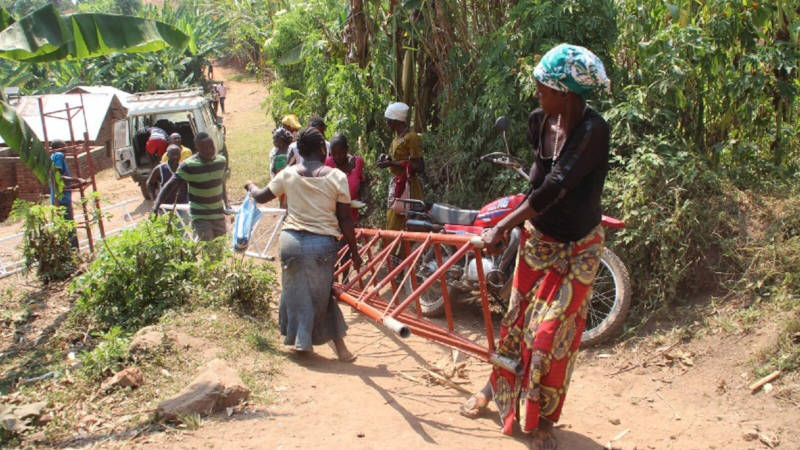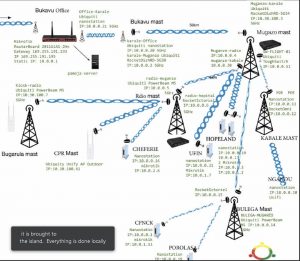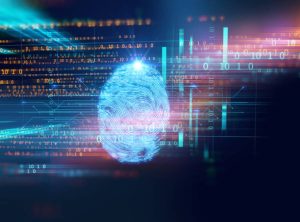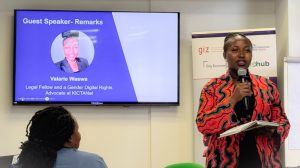This is part of our series of blogs on Community Networks.
Ensemble Pour la Différence (now La Différence) started in 2014 in response to the lack of a social business incubator for entrepreneurs in the Eastern Democratic Republic of Congo. It became a registered cooperative in 2015 and a registered charity in England & Wales.
It builds innovation arrangements as a team with neighborhood networks, for example, Pamoja Net a Wi-Fi network owned by the community of the Idjwi island, an underserved area with a population of three hundred thousand people on Lake Kivu.
The community network covers half of the Island in the northern part. The local community benefits from the connection with 8 local businesses subscribed to the network.
DRC has a population of 89.5m (2020) and has 7.4m Internet users in 2019. This is 8.3% of the total population with an internet penetration rate of 3.5%, according to ITU. In 2019, DRC has a GNI per capita of USD520 (per capita).
There is no fiber or DSL in Congo (there is no wired telephony); WiMAX prices vary between USD50 to USD150. The major ISPs are Airtel, Orange and Vodacom.
Pamoja Net is a Mesh network with Wi-Fi devices and GSM for SMS and voice services which uses broadband from Rwanda. It has collaborated with Open Cellular to deploy the cellular network but doesn’t have a license for GSM.
The network has a timetable for Wi-Fi use at predefined times for the community. Businesses access the network from morning to late afternoon. Afterward, it is then available to the rest of the community members who have feature phones for connecting onto the network.
Pamoja Net has partnered with several organizations internationally and locally; APC, and ISOC through the work they have been doing since 2019, and Open Cellular; to deploy the cellular network. Pamoja Net collaborates with AJWA, a local internet connection provider, as well as local businesses in Idjwi where it is based and with the chiefdom of the Northern part of Idjwi.
From the onset, Pamoja Net has involved the community in the various activities of the network right through the installation of masts. The community actively participates in various strategic meetings to discuss its sustainability. It is involved in the Human-centered design process like the creation of digital community services like “Salama”; which is a service that was created for the safety of women in Idjwi to help them send emergency messages to their contacts or the police when in danger.
Pamoja Net is very innovative by adapting to the needs of the community whose strategy is the GMS part of the network to make the network sustainable where all community members pay for the GSM services.
Pamoja Net relies more on local funds that come from local businesses subscribing to the network and paying their subscription monthly The funds are reinvested back to the community for its sustainability. In the past year, Pamoja Net took advantage of the APC Grant to improve certain aspects of its work. 60% of the funds come from payment of the various services and 40% from subsidies.
Pamoja Net has seven employees, four on the Island of Idjwi including the project manager, main technician, field technician, and local administration officer and three, people in Bukavu including Chako and, Heri as a peer and Alva as a technician for IT support.
Pamoja Net conducts capacity building for its staff by organizing training in areas where there is a gap in expertise as well as participating in various online training, and workshops organized by partners like APC, ISOC, and Bukavu Mesh, among others.
The applications are in French and Swahili language. Training sessions are conducted in French and Swahili. The main challenge is enabling policies and frameworks, and solutions for the sustainability of the Community Network.
The Community Network has helped bridge the digital divide by connecting and giving access to over 10,000 people on the Island. It has provided access to news about crucial things like the state of security in the country.
Blog by Nzambi Kakusu who is passionate about community empowerment and the use of tech to solve problems in the community.





